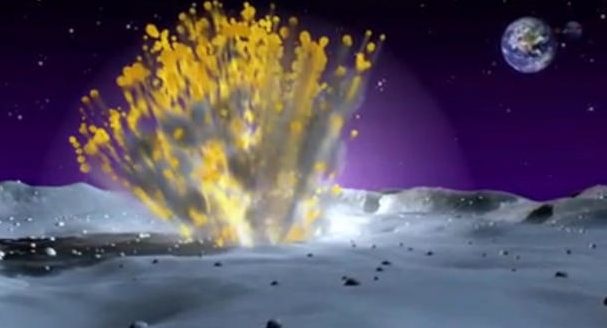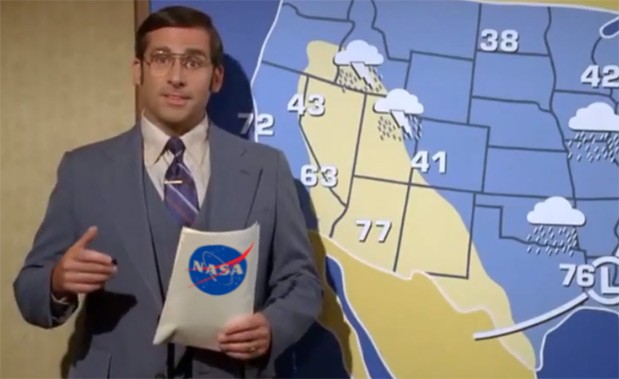
This NASA artist concept shows what the impact may have looked like.
It's a good thing you weren't standing on the moon's Mare Imbrium crater on March 17. You might have been ground into space dust. A meteoroid "the size of a small boulder" crashed into the lunar surface and exploded with a flash so bright, it was visible to the naked eye from Earth.
NASA has been keeping an eye on the moon for eight years, looking for explosions caused by meteoroids. The space agency has seen hundreds of detectable impacts, but none quite so spectacular as this one. "For about one second, the impact site was glowing like a fourth magnitude star," NASA says...
Read the full story here. Souce: CNET


